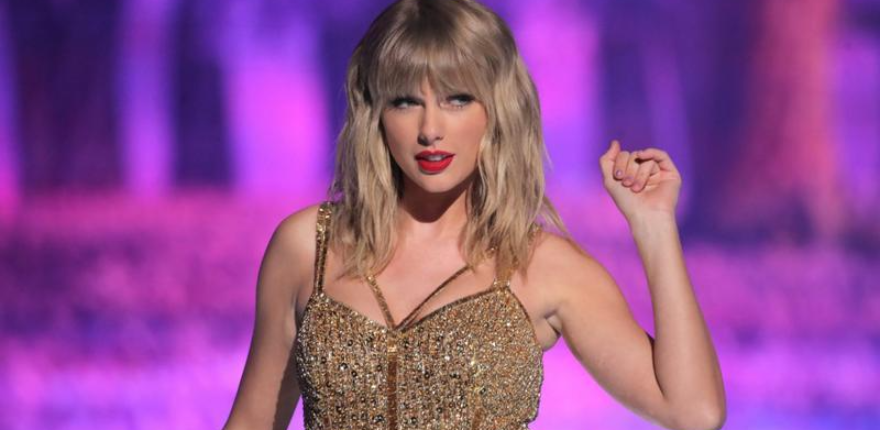Exploring Legal Education Through Taylor Swift’s Cases
Post Views 11

Taylor Swift’s Legal Footprint: A Journey through Intellectual Property Law
In recent years, Taylor Swift has transcended her role as a global pop icon to become a focal point in legal education. At the University of Miami School of Law, an innovative course titled “Intellectual Property Law Through the Lens of Taylor Swift” offers students a unique perspective on legal principles by dissecting Swift’s legal battles and strategic maneuvers. Led by Vivek Jayaram, a seasoned practitioner in intellectual property and corporate law, the class delves into Swift’s trademark disputes, copyright challenges, and contractual negotiations.
Jayaram’s inspiration for the course stemmed from Swift’s adept handling of legal entanglements, particularly her high-profile feud with Evermore Park over trademark infringement and her groundbreaking decision to re-record her back catalogue amid disputes over master recordings. Through studying Swift’s experiences, students gain insights into the complexities of intellectual property law and the innovative strategies employed by artists in navigating legal landscapes.
Learning from the Taylor Swift Effect: Advocacy and Storytelling in Law
At the University of South Dakota Knudson School of Law, Professor Sean Kammer devised a course titled “The Taylor Swift Effect,” which explores the intersection of law and music beyond intellectual property considerations. This interdisciplinary approach delves into Swift’s songwriting techniques and narrative storytelling, offering legal students valuable lessons in advocacy and persuasive communication. By analyzing Swift’s compositions, students learn to craft compelling legal arguments and harness the power of storytelling in legal practice.
Kammer’s course underscores the broader implications of Swift’s artistic endeavors, emphasizing the relevance of creative expression in legal discourse. By examining the profound impact of music on individual perception and emotion, students gain a deeper understanding of effective communication strategies within legal contexts.
Beyond Intellectual Property: Exploring Taylor Swift’s Influence in Higher Education
Taylor Swift’s influence extends far beyond the realm of intellectual property law, permeating various disciplines within higher education. Universities across the United States, including Stanford University, Arizona State University, and Rice University, have introduced courses examining Swift’s cultural significance and entrepreneurial prowess. From dissecting her lyrical prowess to analyzing her strategic business decisions, these courses offer multifaceted insights into Swift’s enduring impact on contemporary society.
Crystal Haryanto, an analyst at Cornerstone Research, underscores Swift’s unique ability to resonate with diverse audiences, making her an ideal subject for academic exploration. By unpacking the intricacies of Swift’s brand identity and artistic expression, students gain valuable insights into the intersection of artistry, entrepreneurship, and legal frameworks.
Taylor Swift: A Legal Icon for the Modern Era
In the eyes of legal scholars like Jessica Silbey and Alexandra Roberts, Taylor Swift epitomizes the convergence of law, branding, and business acumen. Silbey highlights Swift’s adept utilization of legal strategies to navigate complex industry dynamics, positioning herself as a formidable force against entrenched institutions. By reframing legal challenges as opportunities for empowerment and self-reinvention, Swift embodies the quintessential American narrative of resilience and triumph.
Roberts emphasizes the pedagogical value of incorporating contemporary cultural icons like Swift into legal education, fostering interdisciplinary perspectives and preparing students for diverse career paths. Through engaging with real-world case studies drawn from Swift’s career, students develop critical thinking skills and gain practical insights into the complexities of legal practice in the entertainment industry.
Conclusion
As legal education continues to evolve, Taylor Swift’s enduring legacy serves as a testament to the transformative power of law, art, and entrepreneurship. Whether dissecting trademark disputes or analyzing narrative storytelling, students are poised to navigate a dynamic legal landscape shaped by the indelible imprint of Taylor Swift’s legal journey.

